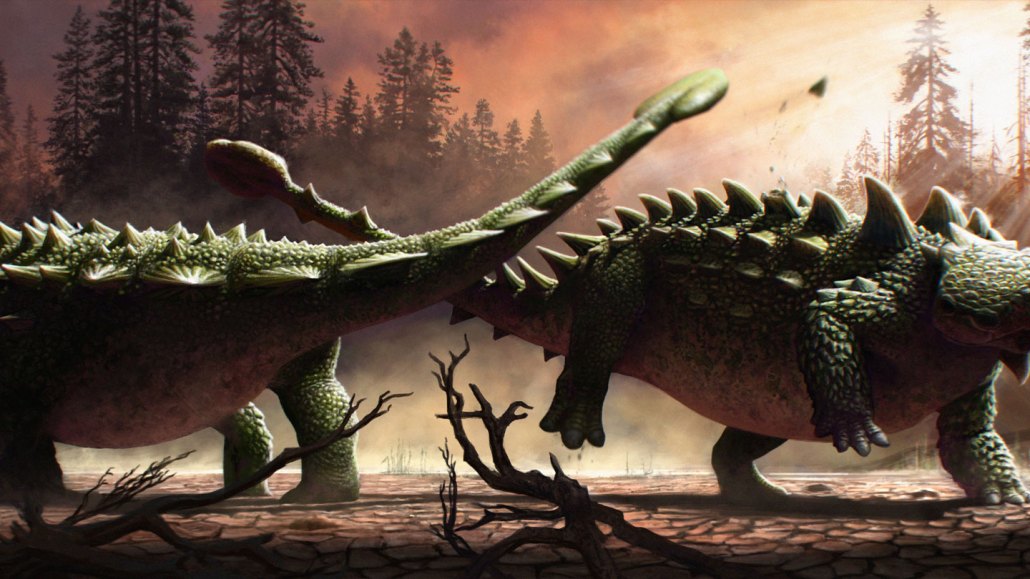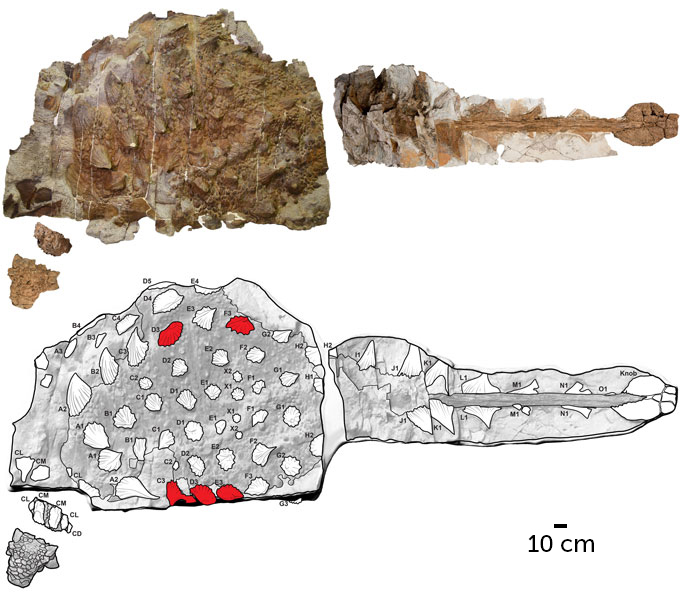behavior: The way something, often a person or other organism, acts towards others, or conducts itself.
biology: The study of living things. The scientists who study them are known as biologists.
defense: (in biology) A natural protective action taken or chemical response that occurs when a species confronts predators or agents that might harm it. (adj. defensive)
dinosaur: A term that means terrible lizard. These reptiles emerged around 243 million years ago. All descended from egg-laying reptiles known as archosaurs. Their descendants eventually split into two lines. For many decades, they have been distinguished by their hips.
fossil: Any preserved remains or traces of ancient life. There are many different types of fossils: The bones and other body parts of dinosaurs are called “body fossils.” Things like footprints are called “trace fossils.” Even specimens of dinosaur poop are fossils. The process of forming fossils is called fossilization.
paleontologist: A scientist who specializes in studying fossils, the remains of ancient organisms.
predator: (adjective: predatory) A creature that preys on other animals for most or all of its food.









